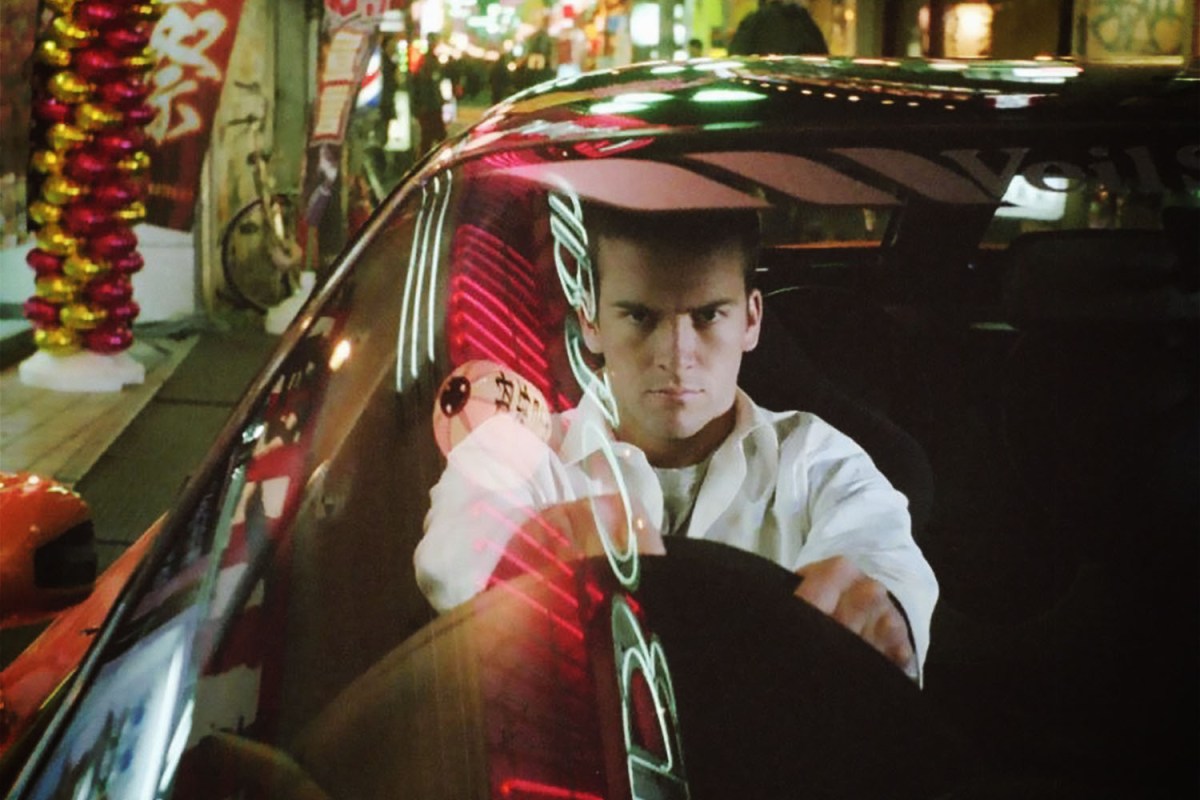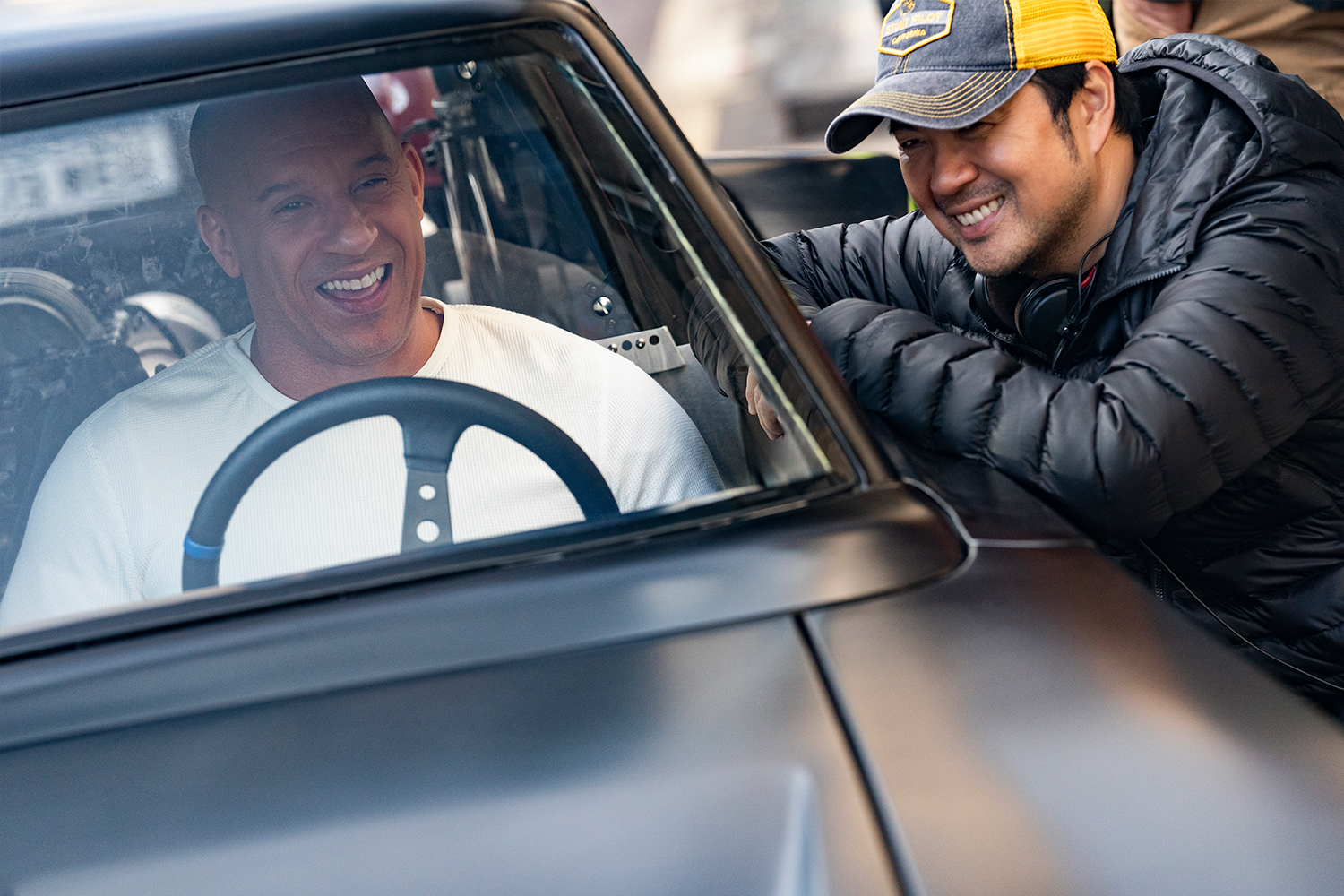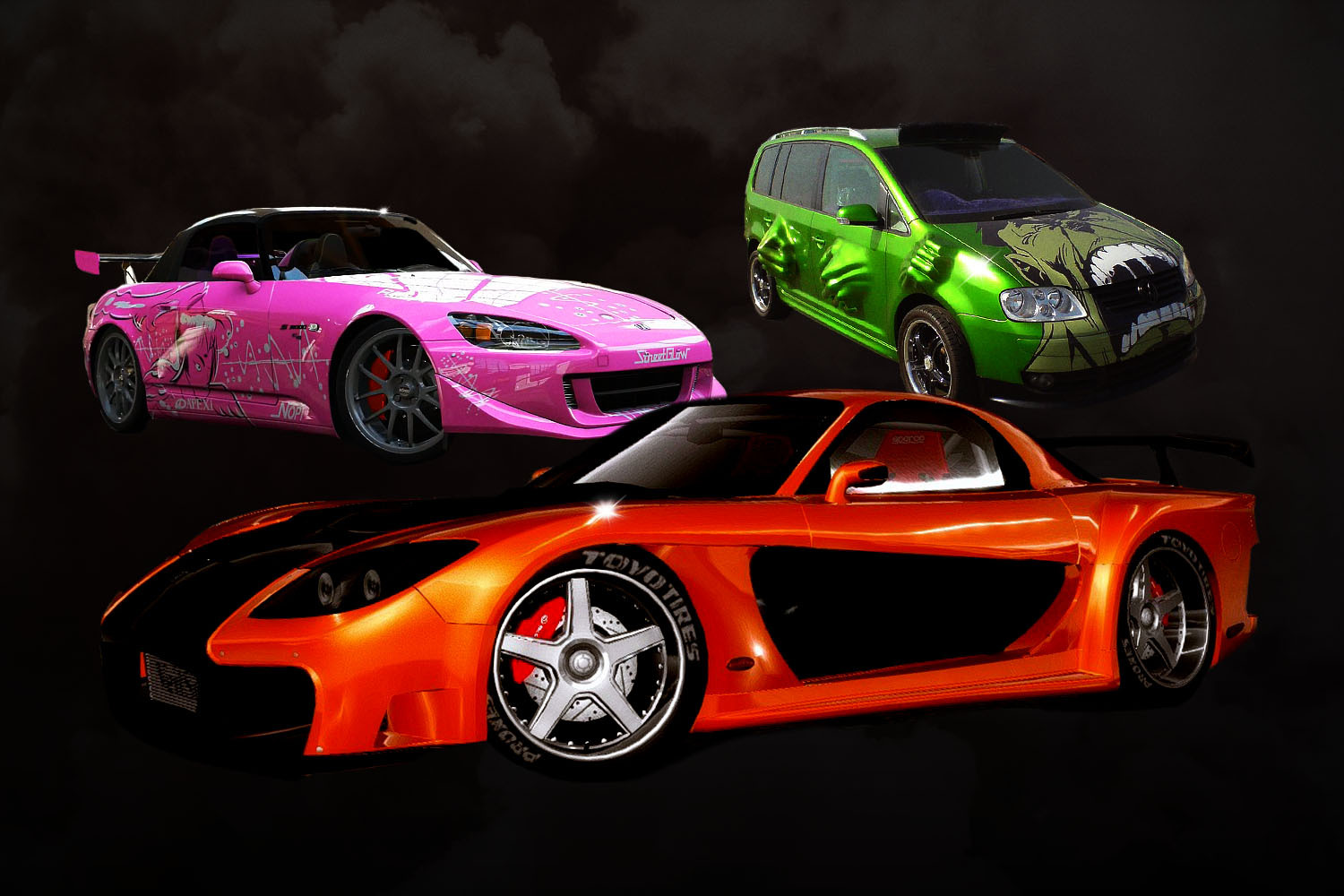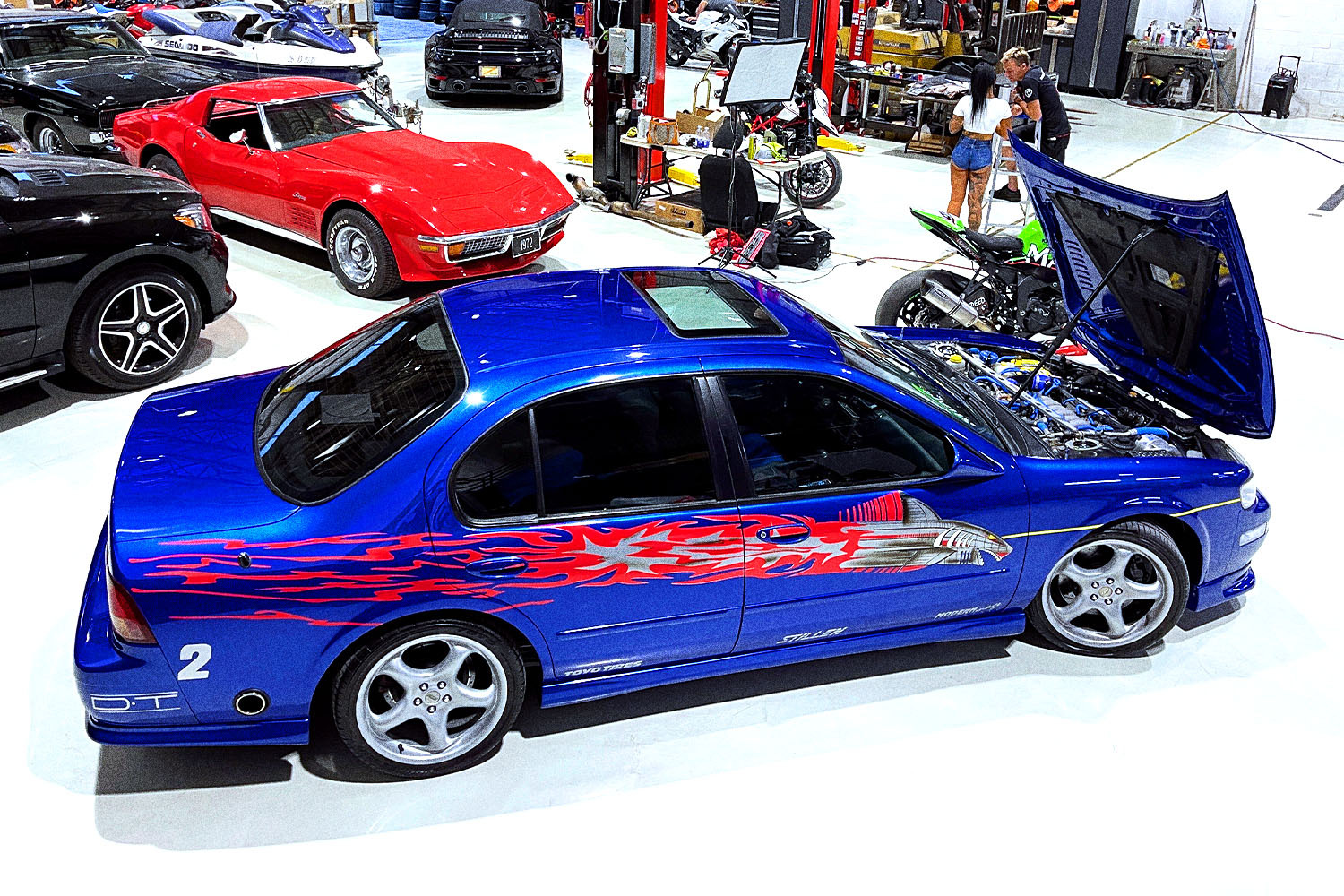It’s been 15 years since Tokyo Drift was released. The third film in The Fast and Furious series is the most divisive of them all, set apart from the main cast in the futuristic Japanese capital. While critical consensus has Fast Five as the best movie, a portion of fans are still devoted to Tokyo Drift, preferring a narrative that digresses from the franchise’s main story. It’s a guiltless pleasure that has only become more re-watchable not despite its faults, but because of them, and as the film’s merits continue to foment discussion on the likes of Reddit and Quora today, it’s about time we take a look at why Tokyo Drift deserves its dues as a cult classic. Plus, if you are a fellow fan, you’re in good company: Christopher Nolan claims to have a “soft spot” for the movie. So, yeah, film snobs. Eat it.
What do I, Mr Nolan and the 6,000 members of the Tokyo Drift Fans Facebook page see in the movie that critics couldn’t? After countless viewings, I’ve come to believe that the answer owes to the Western fantasy of the film’s version Japan. The searing neon hiragana of Shibuya. The Evo, RX7 and Silvia S15 roaring across empty highways and mountain roads. The Yakuza boss in his white suit and fedora. And that song by the Teriyaki Boyz, which as a teenager I blared repeatedly from my old Toyota Yaris as it struggled to hit 80 mph. You know the one. It begins: “I wonder if you know… how they live in Tokyo…”
In TD, the city certainly appeared more exciting than wherever you were back then. 2006 was just before the rise of social media, and before we could all-but-physically go to a country using Google or YouTube. In the same way Korean trends are influencing Western trends these days, the film offered a window into a zeitgeist that engrossed the imaginations of people my age: Japanese video games and anime cartoons (Pokemon, Dragonball Z) were huge on the playground in 2006, and after Tokyo Drift, we began to fantasize about the cars, too. I spent hours on arcade driving simulators, trying to emulate the movie by picking a Mitsubishi or Nissan instead of the Ferrari or Porsche.
None of the above will convince the general critic (apart from Ebert, surprisingly, who enjoyed it), but I also think that the film has a well-written story. Unlike the franchise’s later, more convoluted plots, Tokyo Drift is a simple tale of an outsider finding a new home, as Lucas Black’s drag-racing teenager Sean is given one last chance to avoid jail by living with his father in Japan. Within days, Sean attracts the wrong attention, falling for the girlfriend of the malevolent Yakuza-backed Drift King (Brian Tee), and to survive, he recruits the help of his mysterious new friend Han (Sung Kang) and sidekick Lil’ Bow Wow to beat D.K. on a perilous mountain run.
As a narrative, the stakes are much lower in Tokyo Drift: Sean is just a troubled schoolkid who loves racing, not an undercover agent like Paul Walker’s Brian. The choice to make him American allows us to observe Japan from a Western perspective, too, with Han as his guide. Yet the Japanese characters in the film seem to find it as strange getting to grips with who he is — an extroverted, brazen Alabaman — as the other way around. Both cultures come into conflict, with Sean’s gaijin (or foreigner) having to earn his place in his new home.
Although Black received criticism for his acting, he portrays Sean’s foreign detachment well. As he navigates Tokyo, it’s obvious that director Justin Lin is enjoying the street scenes as much as Sean, taking his camera to midnight arcades and rooftop soccer pitches, building a sense of alienation similar to Sofia Coppola’s Lost in Translation. Lin makes sure to reveal to us their advanced vending machines, sleeping pods and parking systems. It is the best shot movie in the series, tinted with cold blues and tungsten greens that flood the screen with the electricity of a sleepless neon metropolis. Tokyo is juxtaposed with the sweltering yellow heat that emanates from the opening scene, in America, and the a general palette that characterizes the series’ first two films.
And then there’s the racing.
While it’s clear at this point that the films have moved on from street-racing — becoming more of a gung-ho action franchise — Tokyo Drift still feels like it was made for, and by, petrolheads. The drifting culture is loosely based on the exploits of the original Drift King, Keiichi Tsuchiya, a figure worshipped by JDM (Japanese domestic market) enthusiasts around the globe. Keiichi was brought in by Lin to consult on the driving, a decision that lent authenticity to the thrilling drifting scenes. He also has a biting cameo as an unimpressed fisherman.
Speaking to InsideHook, Keiichi explains how he first got involved: “They approached me in America, at the Willow Springs circuit in LA … in the film you can see my very own R34 GT-R.” After asking the production crew to confirm that there would be no CGI drifting, Keiichi was tasked with showing the stunt team how to drift like professionals — a skill that takes years to master. “When we were shooting in Japan, they struggled doing it as effectively as on the practice runs … [But] they persisted like gentlemen,” he says. “Looking back, the drifting in the movie still looks cool!”
His and Lin’s commitment to real drifting is why there’s a uniquely natural sense of exhilaration in the driving scenes. Unlike later Fast and the Furious films, which rely on bombastic CGI slaloms through major cities, Tokyo Drift’s tracks are two-story parking lots and secluded mountains, where the drivers skid inches from spectators and cliffs. Instead of a rain of bullets, we get the hair-raising race at the film’s climax, where a genuine abyss sits just off the shoulder of a precarious mountain road. On TD’s release, the Touge (峠, meaning “mountain pass” in Japanese, but now a reference for this sort of racing) scenes went on to have an overseas influence, appearing on boss levels in Need for Speed: Carbon (2006), encouraging similar events in America and bringing a new audience to Formula DRIFT.
“The influence of Tokyo Drift is amazing. I’m still asked about it often, and it certainly put drifting in the limelight,” says Keiichi. “At the time, the scene was authentic in Tokyo. There was something powerful in the air.” The Drift King himself admits it captures a very specific period in Japan, defined by a strong counterculture and anime like Initial D (where Keiichi has a role as himself) and the notorious, real-life street-racing troupe Midnight Club. This doesn’t mean street-racing is less popular in Japan; it’s just more discreet: “This is a secret, but there are still young people who compete the Touge mountain runs … Not in Tokyo any more, but other prefectures around Japan [like Gunma],” Keiichi admits.
It’s a shame we never got to see the cast tearing more Touge runs in a direct sequel. But watching Sean and friends return in F7, and again in F9, feels like an absolution for TD fans, justice for characters who seem underappreciated in the franchise’s history. Because Han reappears in the following films, the canonical legacy of Tokyo Drift is sort of complicated, muddled in fan-theory. And that’s one of its strengths. Watching it again recently, I appreciated TD as a standalone movie, a single vision outside of the series, a cheesy, silly romp that rarely fails to make me smile. The film’s Tokyo still looks like a hypnotic pinball machine. The Japanese cars are still so reminiscent of the noughties. And on each viewing, I gasp at Keiichi’s drifting the same way I did as an impressionable teen.
The franchise may have departed from street-racing, but the third installment always gives me a sense of escapism, a feeling that, with the right car (and parking lot), I could be a part of something happening all over the world; from the opening drag-race in America, a mountain road in Japan or my stretch of the A21 in South London in a 1.2L Toyota Yaris. Tokyo Drift is not perfect, but for me and my fellow devotees, the franchise has never been better.
Keep up with Keiichi on his new YouTube channel, where he teaches you his drifting techniques.
This article appeared in an InsideHook newsletter. Sign up for free to get more on travel, wellness, style, drinking, and culture.
























